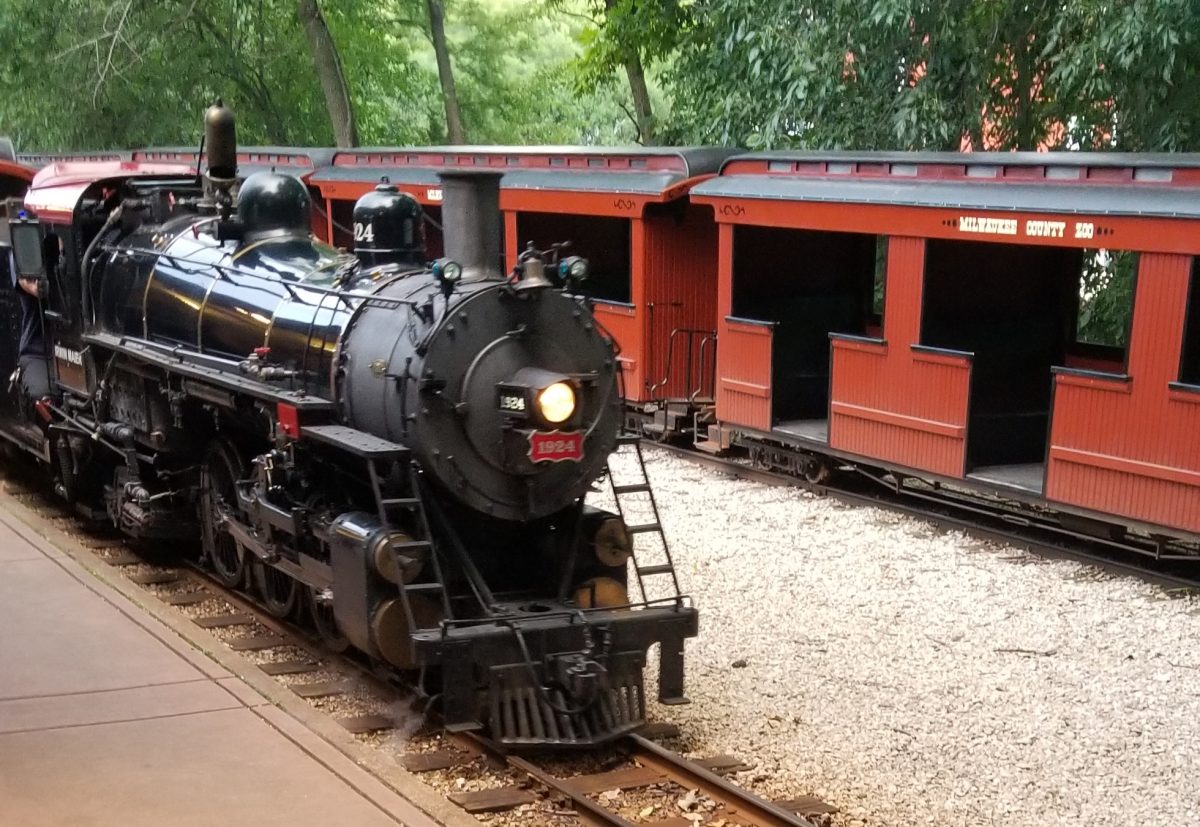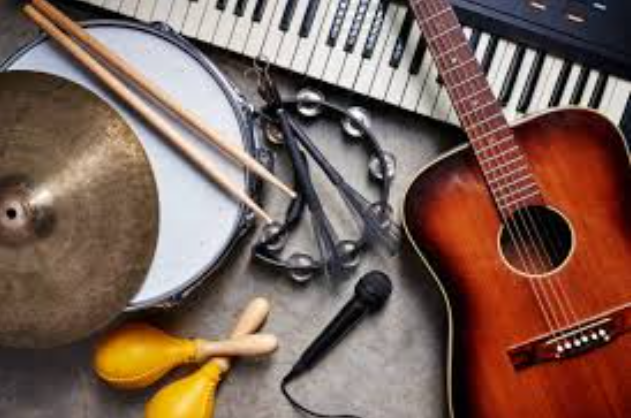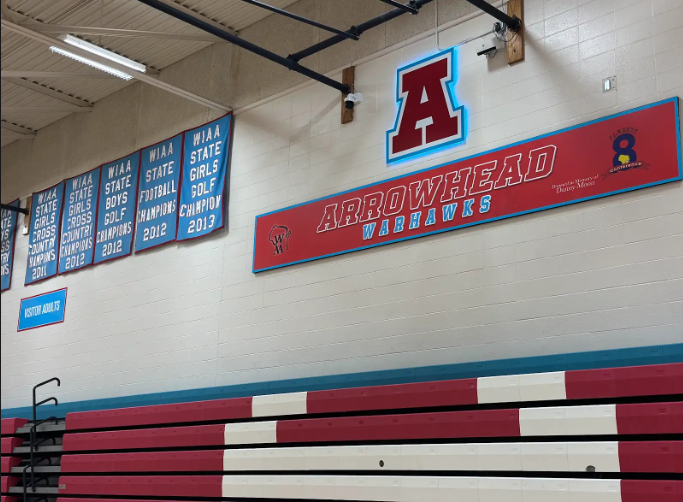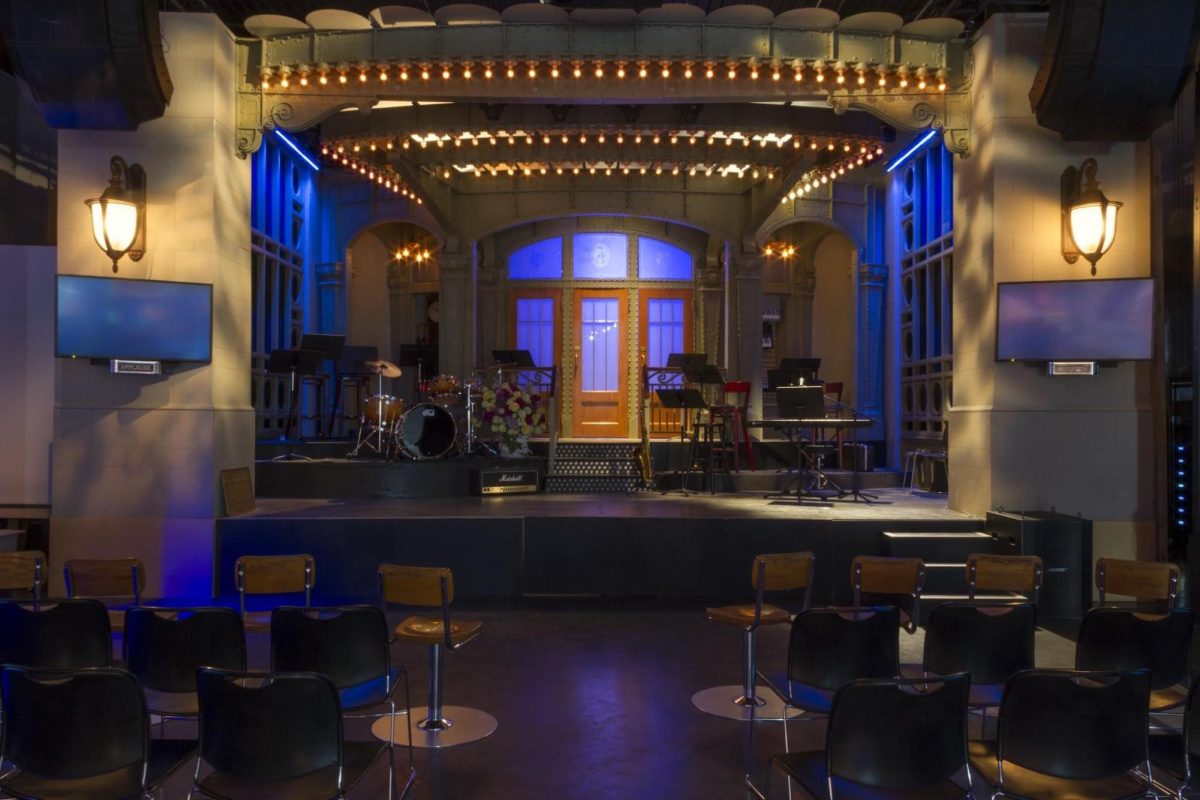On March 14th, 2024, the Milwaukee County Zoo Officially Announced that it is parting ways with its iconic steam locomotive trains. Rides and Attractions Department Supervisor Jake Nilsen, however, is optimistic about the future of the steam locomotives. Locomotives will be moving to a live museum in Baraboo, Wisconsin, after 66 years of service at the Zoo.
The Riverside and Great Northern Railroad, a not for profit organization, will obtain both locomotives from the Zoo. In return, the Zoo is expected to obtain two new diesel-electric locomotives.
The first locomotive left earlier this year in April of 2024. The second is expected to leave in October of 2024.
“I am sad to see them moving on but they are going to the next best home and are returning to the place they were created,” said Jake Nilsen, Rides and Attractions Department Supervisor.
The Zoo decided to sell the steam locomotives after it was determined that the locomotives did not align with the Milwaukee County Zoo’s conservation and environmental health standards.
The new locomotives, in tandem with the zoo’s two other diesel locomotives, will burn diesel fuel. While not 100% environmentally friendly, the diesel locomotives do not produce large amounts of particle pollution, unlike the steam locomotives.
“We explored ‘Green’ options for our operation, but have yet to find one that is completely suitable for us at this time,” said Nilsen.
The Steam Locomotives are mentioned frequently amongst rail enthusiasts in Southeast Wisconsin; however, the dairy state provides its hardships in regards to steam operation. “Steam locomotives relied on water – Wisconsin winters and water do not mix well – Diesels can run in all weather,” said Nilsen.
Despite the loss, there is something to look forward to regarding these new trains.
“I am excited for our zoo operations moving forward as we have some cool ideas for the future,” said Nilsen. “This will be the first time we added to our fleet in over 30 years.”
“These will be state of the art with new equipment and technology. They will work better and provide better driver ergonomics.”
The trains typically run from spring to late fall. With newer equipment, the running season is expected to extend from three quarters of a year to a whole year.
“We are expecting one diesel engine to arrive in the first quarter of 2025 to be ready to run in spring. The second diesel engine will arrive later in 2025 or early 2026,” said Nilsen.
With the 2024 school year well underway, 2025 is just around the corner, and so are these new developments at the Milwaukee County Zoo.
The goals of the new locomotives keep the train running throughout the entire year, while also being more environmentally and operator friendly.












